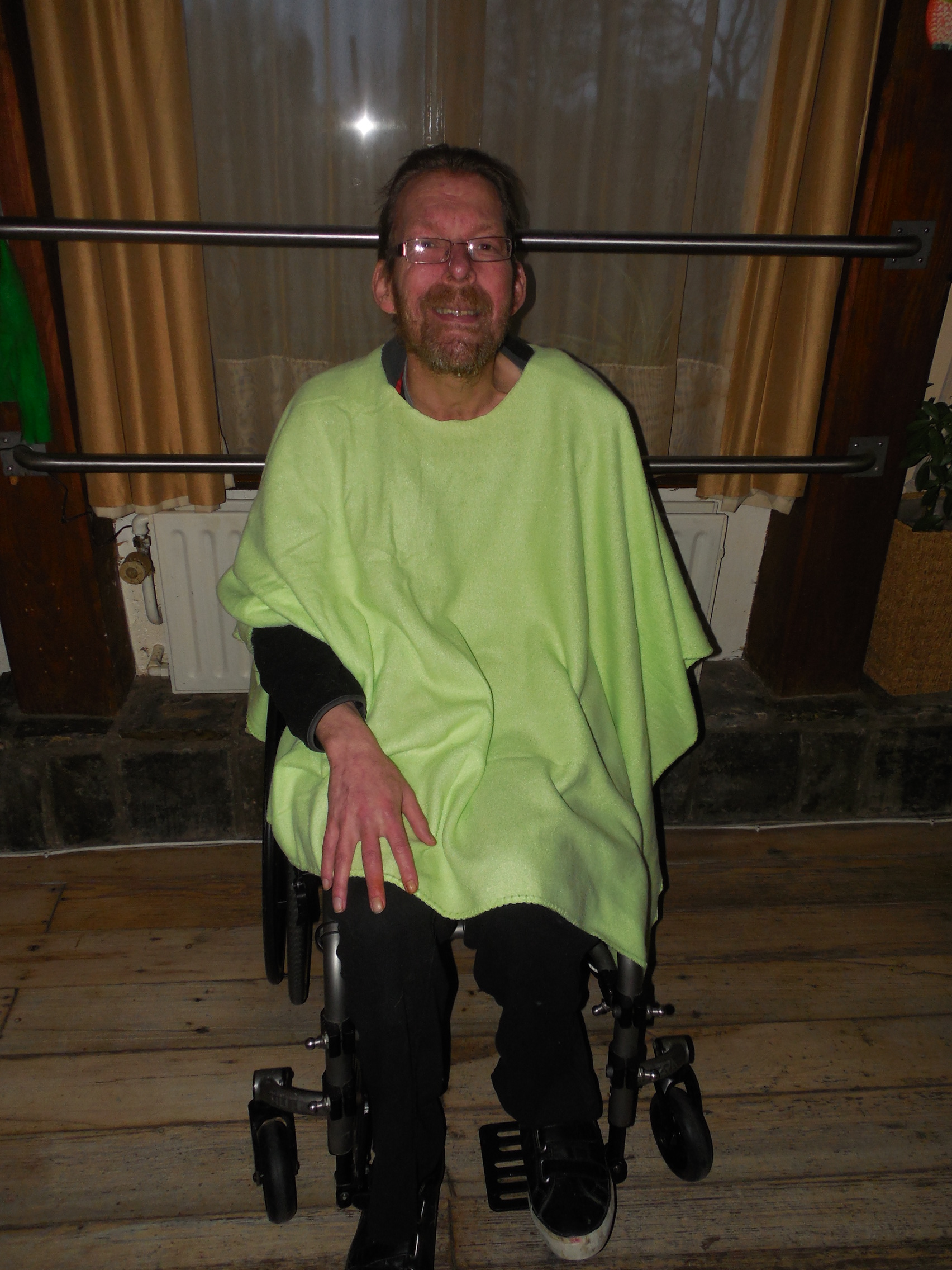Really, Rob is not ignoring you, he just does not always see that you are there!
Some of you may have noticed that if you talk to Rob from his left side, that he may not respond to you in the way you think he should. I’ve tried to explain about hemispatial neglect, and think this article might be of interest for those that I have not been able to explain it to well.
The good news is that it is getting better every day. By helping Rob to focus his attention to the left, you will be helping his brain to process and build neuroplasticity so he can do it better.
Brain damage makes some blind to the left
Mehmet Dilsiz / msnbc.comBy Melissa DahlThe patient demanded to know whose left arm was lying in the hospital bed with him. “He would pick it up and throw it out of bed. The arm would come back and hit him in the chest,” recalls Dr. Kenneth Heilman, an American Academy of Neurology fellow. Here’s the kicker: It was his own arm.
Sounds like a spooky, post-Halloween tale, but for this particular patient, anything happening on the left — even the left side of his own body — might as well not be happening at all. He was experiencing the symptoms of hemispatial neglect, a neuropsychological condition that means the patient is unaware of anything on one side. It’s normally the result of damage to the brain’s right hemisphere, which results in that lack of awareness of anything left of center. That damage may be due to a stroke (as Heilman’s patient had recently suffered), tumor, degenerative disease or traumatic injury.
“Right now, you’re speaking with me, and until I mention your left foot and your left shoe, were you aware of it at all?” Heilman asked me. “Once I mention it, you could put your attention down to your left foot. But these people have problems attending these things.”
The condition recently featured in the novel “Left Neglected,” by neuroscientist-turned-author Lisa Genova, which was published earlier this year. In it, a woman develops hemispatial neglect after a car accident. (Among the character’s less-urgent worries: The left side of her chin tends to sprout five little hairs, with annoying regularity. Who’s going to get rid of those for her now?)
Almost all cases of hemispatial neglect affect the left side. That’s thought to be because both hemispheres process visual information for the right side, so if damage is done to the left hemisphere, the right can compensate for that loss — but it doesn’t work the other way around.
The brain’s parietal lobe’s role in terms of vision is that “it sees two frames of visual information. One form allows you to know what things are. The other form of visual processing lets you know where things are,” Heilman explains. The brain combines those two pieces of information with a signal from the cingulate cortex telling you what’s important. If those three parts don’t mesh together, your brain thinks: Whatever this is, it’s not important, so why process what or where it is?
“Now, in the case of your left foot, that’s normal, because it’s not important,” Heilman says. “But let’s say there was some little animal nibbling at your foot — that would be important. But these people can’t process that.”
The good news: Many patients do get better, after several months of coming up with new ways to draw the patient’s awareness to his left visual field. Example: Even in the case of the stroke patient, if someone had pointed to his arm, it would’ve made him aware of that limb.
Loss of his visual field
Rob also has loss of his visual field on the left side. At the beginning it was full homonymous hemianopsia, a decreased vision or blindness (anopsia) in half the visual field of both eyes. As time has gone by, it has become better as he has been working at it. It is now closer to homonymous inferior quadrantanopsia, a decreased vision or blindness in one quarter of the visual field.
These are images showing how Rob’s visual field is affected:






